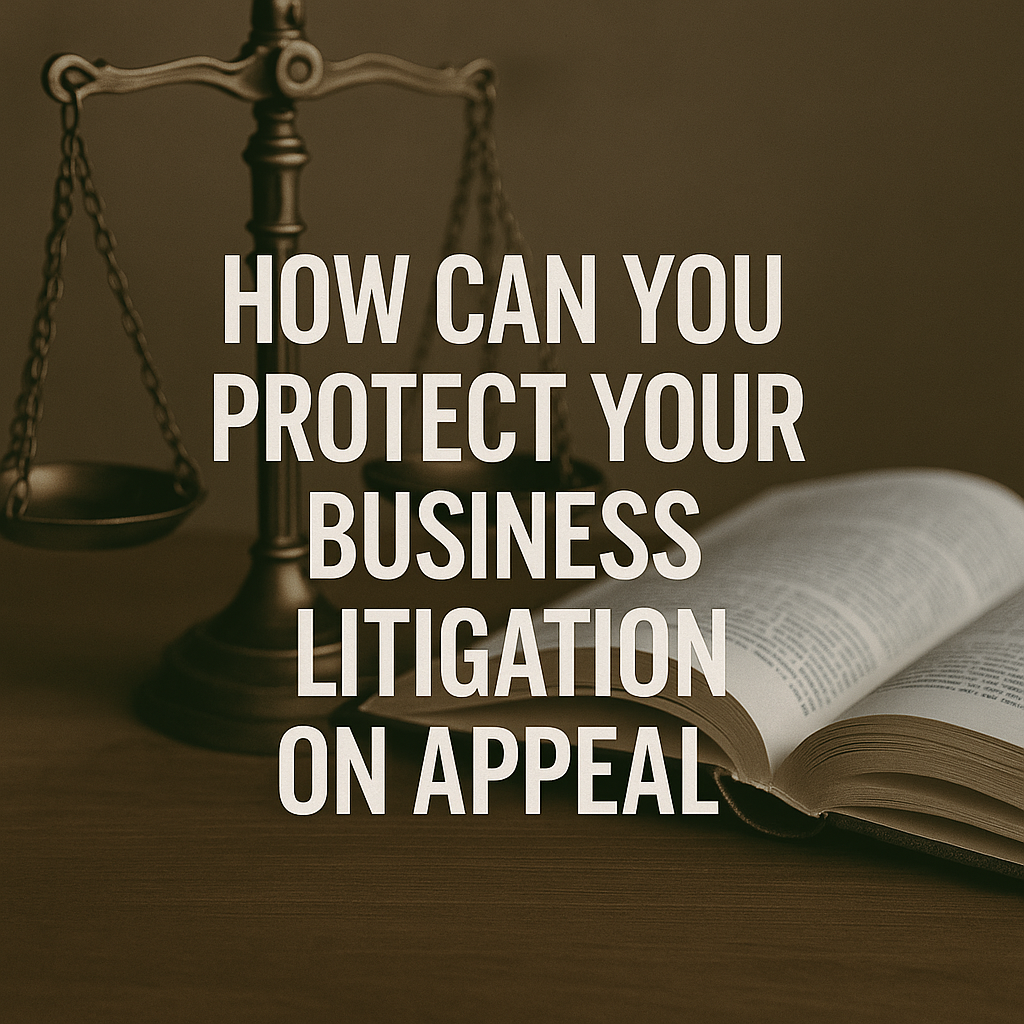What Is an Easement in Real Estate?
Background
An easement is a legal right to use another party’s property for a specific purpose, such as access or utilities, without conveying ownership. Easements often run with the land, binding successive owners and potentially encumbering title. Accordingly, purchasers, owners, and developers should carefully evaluate existing easements to understand their impact on property rights and planned improvements.
Table of Contents
Common Types of Easements
Easement Appurtenant:
An easement appurtenant is a property right that benefits one parcel and burdens another, running with the land and binding successive owners. Upon transfer of either parcel, the easement remains in effect, and the new owner takes title subject to its terms.
Easement in Gross:
An easement in gross is a personal property right benefiting an individual or entity, rather than a parcel of land. It burdens the servient property but does not run with the land, and typically terminates upon the holder’s death or dissolution.
Prescriptive Easements:
A prescriptive easement is a non-possessory property right acquired through the open, notorious, continuous, and adverse use of another’s land for the statutory period–10 years in New York State. Once established, it grants the user a legal right to continue such use, even without the property owner’s consent.
Easements by Necessity:
An easement by necessity arises when a parcel of land becomes landlocked and access is reasonably necessary for its beneficial use and enjoyment. It is typically implied by law upon the severance of commonly owned property, ensuring the landlocked parcel has access over the remaining parcel to a public roadway.
How are Easements Created?
Easements can be created as follows:
Express Easements:
An express easement is a legally granted right memorialized in a deed or separate written instrument, expressly defining the easement’s scope, conditions, location, and duration.
Implied Easements:
An implied easement arises not from a written agreement but from the circumstances and necessity surrounding the property’s use. It is typically established by prior, apparent, and continuous use that is reasonably necessary for the beneficial enjoyment of the land. Because implied easements lack express documentation, they often give rise to disputes requiring judicial determination.
The West Firm is equipped to assist clients with drafting, interpreting, and contesting easements.
Easement Disputes and Property Rights
Common easement disputes often arise from blocked driveways, encroachments, unclear boundary lines, or disagreements over maintenance and repair responsibilities. While these issues may appear straightforward, they frequently involve complex questions of property law, interpretation of deed language, and long-standing patterns of land use. For attorneys and real estate professionals, such disputes present opportunities to apply strategic negotiation, title analysis, and litigation skills to protect clients’ property rights and clarify access obligations. In many cases, successful resolution requires not only legal expertise but also a practical understanding of how neighboring property owners can coexist while preserving the lawful use and value of their land.
Why Understanding Easements Matters in Real Estate
A clear understanding of easements—and their effect on property value, access, and ownership rights—is essential for any property owner or prospective purchaser. Easements can significantly impact marketability: a restrictive easement, such as one limiting development or reserving utility access, may diminish a property’s value, while an easement by necessity can substantially enhance the value of a previously landlocked parcel. The scope of access granted under an easement is equally critical, ranging from limited use, such as a shared driveway, to more invasive rights, such as the construction of an access road across the property. Because many easements “run with the land” and bind future owners, it is vital to identify and understand their nature, extent, and legal implications before completing a real estate transaction. The West Firm provides experienced counsel in drafting, interpreting, and litigating easements, ensuring that your property rights are protected and your transactions proceed with confidence.
Frequently Asked Questions
-
When an easement is created by express agreement, it is typically recorded with the County Clerk’s Office and can be identified through a standard title search. However, not all easements are readily apparent. Implied or prescriptive easements—those arising from historical use or necessity—may only be discovered through careful investigation and legal analysis. Consulting an experienced real estate attorney is essential to determine the existence, scope, and enforceability of such easements and to protect your property interests before disputes arise
-
Easements may be terminated through several legal mechanisms, including abandonment, merger, expiration of necessity, demolition, operation of recording statutes, condemnation, adverse possession, or formal release. While property owners may seek to remove an easement, achieving termination is rarely straightforward and typically requires the cooperation of the benefiting party or judicial intervention. The West Firm provides strategic guidance to navigate these complex processes, protecting your property rights and maximizing your control over your land.
-
Easements can significantly influence property value during a sale. A restrictive easement, such as one limiting development or granting extensive access to another party, may reduce a property’s marketability and sale price. Conversely, an easement that provides necessary access to a landlocked parcel can enhance its value and appeal to buyers. Understanding the type, scope, and legal implications of any easement is essential for accurately assessing a property’s worth and ensuring a smooth transaction.






.png?content-type=image%2Fpng)